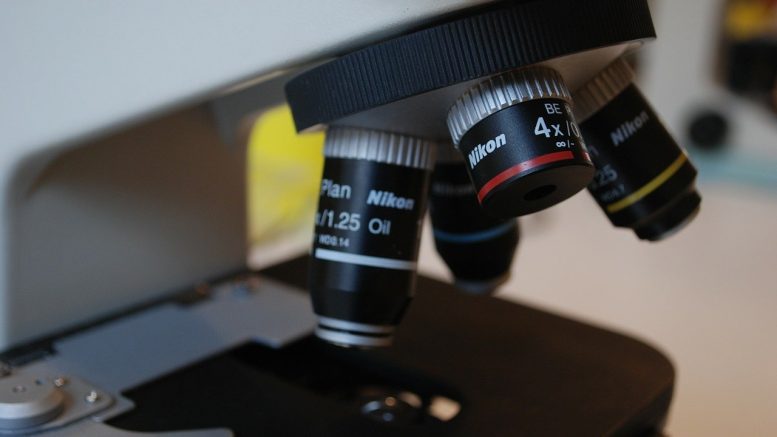On September 16, 2020, the MIT (Massachusetts Institute of Technology) published results of researches, according to which cell that covered with a distinctive array of carbohydrates (which is unique cellular “ID”), can change the length of these carbohydrates, and it may be used for increasing tuberculosis vulnerability to antibiotics . MIT chemists discover that those length changes’ can dramatically affect their function. In the process of studying mycobacteria, the type of bacteria that cause tuberculosis and other diseases, scientists found out that shortening the length of a carbohydrate called galactan impairs some cell functions and makes the cells much more susceptible to certain antibiotics.
Laura Kiessling, the Novartis Professor of Chemistry at MIT and the senior author of the study said, “The findings suggest that drugs that interfere with galactan synthesis could be used along with existing antibiotics to create more effective treatments. There are a lot of TB strains that are resistant to the current set of antibiotics. TB kills over a million people every year and is the number one infectious disease killer.”
About Galctan
Galactan, a polysaccharide, that according to the latest data is a component of the cell wall of mycobacteria, and till this study, was considered that it’s role was to form links between molecules called peptidoglycans. But, the version of galactan that was found in mycobacteria is longer than it needs to be to perform this linker function.
“What was so strange is that the galactan is about 30 sugar molecules long, but the branch points for the other sugars that it links to are at eight, 10, and 12. So, why is the cell expending so much energy to make galactan longer than 12 units?” Laura Kiessling says.
After this discovery Laura Kiessling and MIT team start to create shorter galactan, their chains would contain only 12 sugar molecules.
This resulted in cells lost their usual shape and developed “blebs,” or bulges from their cell membranes, besides these shortening made the cells more susceptible to certain antibiotics — specifically, antibiotics that are hydrophobic and galactan molecules make the cells more permeable, so these drugs can get inside more easily.
“This suggests that drugs that would lead to these truncated chains could be valuable in combination with hydrophobic antibiotics,” Laura Kiessling says. “I think it validates this part of the cell as a good target.”
Galactan Role
Laura Kiessling’s and her lab now studying the role of galactan, and why it’s changing the length.
Laura Kiessling have a hypothesis, that a dense coating of longer carbohydrate chains could help to achieve a stealth effect by preventing host immune cells from interacting with proteins on the bacterial cell surface.
“If that hypothesis is confirmed, then drugs that interfere with the length of galactan or other carbohydrates might also help the immune system fight off bacterial infection. This could be useful for treating not only tuberculosis but also other diseases caused by mycobacteria, such as chronic obstructive pulmonary disease (COPD) and leprosy.
Other strains of mycobacteria (known as “flesh-eating bacteria”) cause a potentially deadly infection called necrotizing fasciitis. All of these mycobacteria have galactan in their cell walls, and there are no good vaccines against any of them,” – Laura Kiessling said.





Be the first to comment on "Tuberculosis Vulnerability To Antibiotics"